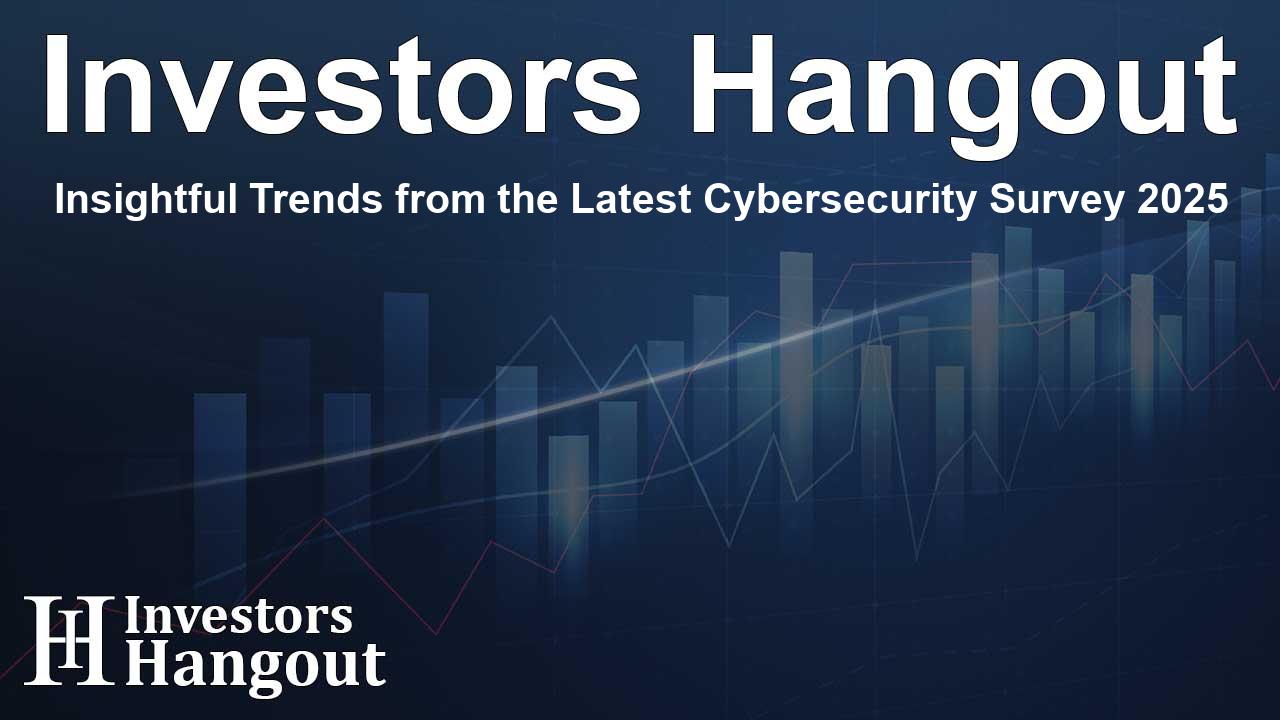Insightful Trends from the Latest Cybersecurity Survey 2025

Key Insights from the Cybersecurity Survey
The latest cybersecurity survey conducted by Wolfe Research has shared fascinating insights that emphasize the evolving landscape of security strategies and expenditure in 2025. Gathering feedback from 131 Chief Information Security Officers (CISOs), the survey sheds light on key trends that are set to shape the future of cybersecurity.
Cybersecurity Budgets: A Shift in Perspective
Predictions indicate a modest growth in security budgets for the upcoming year. Interestingly, only 27% of those surveyed expect their budgets to rise by more than 10%. This is a noticeable decline from 43% last year, signifying a shift in expectations among security leaders.
When contrasting views from Small and Medium-sized Businesses (SMBs) with larger enterprises, a stark difference appears. 39% of SMBs are optimistic about double-digit growth compared to just 19% of enterprise CISOs. Moreover, the survey indicates that 25% of enterprise leaders foresee a decrease in their budgets, contrasting strikingly with the 8% of SMB leaders who hold the same view.
Opportunities for Security Vendors
The survey findings suggest a positive outlook for vendors like SentinelOne (NYSE: S), Cloudflare (NYSE: NET), Rapid7 (NASDAQ: RPD), and Okta (NASDAQ: OKTA). These companies may benefit from the anticipated growth in certain areas as security spending evolves.
A Focus on Data Security
In a noteworthy shift, Data Security now overtakes Cloud Security as the primary focus for CISOs, marking the first change in three years. This trend highlights an increasing emphasis on protecting sensitive information, underscoring a vital aspect of corporate priorities.
Artificial Intelligence (AI) and machine learning initiatives have also taken center stage, ranking as the second most significant priority for many organizations. In fact, 37% of CISOs indicated that AI-related projects contribute significantly to their increasing security budgets.
Emerging Trends in Vendor Preferences
Changes are apparent in the vendor preferences amongst CISOs as well. Identity-related solutions remain a staple concern for security leaders in 2025, with categories like Identity Governance & Administration, Privileged Access Management, and Access Management standing out. These shifts illustrate how identity management plays a crucial role in developing robust security strategies.
Prominent vendors like Okta and Cyberark Software Ltd (NASDAQ: CYBR) have experienced marked improvements in spending trends, with Okta seeing substantial gains in its vendor rankings.
The Enterprise Spending Landscape
Despite platform-based strategies gaining momentum among enterprise respondents, overall spending is notably subdued. A significant 76% of enterprise leaders describe their security strategy as platform-focused or in transition towards a platform, a rise from 60% the previous year.
However, enterprise spending on major platform vendors, including CrowdStrike (NASDAQ: CRWD), Palo Alto Networks (NASDAQ: PANW), and Microsoft (NASDAQ: MSFT), has seen a year-over-year decline. This dichotomy highlights the complexities facing organizations as they navigate expenditure decisions.
Zscaler's Steady Growth
Wolfe analysts predict a favorable trend for Zscaler (NASDAQ: ZS), noting that despite the overall landscape, enterprise spending trends for the company remain stable. Notably, they observed a significant improvement in the percentage of enterprises poised to increase their purchases of Zscaler’s platform.
Spending Patterns by Segment
When it comes to specific spending categories, Data Security and AI/ML Security are leading the charge, with 54% and 53% of respondents declaring their intent to increase budgets respectively. Conversely, Firewall hardware is anticipated to see the highest percentage of respondents planning budget cuts, indicative of changing priorities.
Moreover, the results point towards a growing interest in third-party AI security tools. Microsoft emerges as the leading vendor for securing AI technologies, referenced by respondents 24 times. Nevertheless, uncertainty persists as many CISOs admit confusion around securing generative AI tools and models.
Frequently Asked Questions
What key trends emerged from the 2025 cybersecurity survey?
The survey indicated a modest growth in security budgets, a rising priority for Data Security, and increased focus on AI and machine learning security initiatives.
What percentage of respondents expect budget cuts in 2025?
25% of enterprise CISOs expect their security budgets to decrease in contrast to 8% of SMB leaders who foresee cuts.
Which vendors are expected to thrive in 2025?
Vendors like SentinelOne, Cloudflare, Rapid7, and Okta are expected to see growth based on the survey's insights.
How has the focus on Data Security shifted in recent years?
Data Security has recently become the primary focus for CISOs, surpassing Cloud Security for the first time in three years.
What role does AI play in budget increases?
37% of CISOs noted that AI-related initiatives significantly contribute to their increasing security budgets.
About Investors Hangout
Investors Hangout is a leading online stock forum for financial discussion and learning, offering a wide range of free tools and resources. It draws in traders of all levels, who exchange market knowledge, investigate trading tactics, and keep an eye on industry developments in real time. Featuring financial articles, stock message boards, quotes, charts, company profiles, and live news updates. Through cooperative learning and a wealth of informational resources, it helps users from novices creating their first portfolios to experts honing their techniques. Join Investors Hangout today: https://investorshangout.com/
Disclaimer: The content of this article is solely for general informational purposes only; it does not represent legal, financial, or investment advice. Investors Hangout does not offer financial advice; the author is not a licensed financial advisor. Consult a qualified advisor before making any financial or investment decisions based on this article. The author's interpretation of publicly available data presented here; as a result, they should not be taken as advice to purchase, sell, or hold any securities mentioned or any other investments. If any of the material offered here is inaccurate, please contact us for corrections.